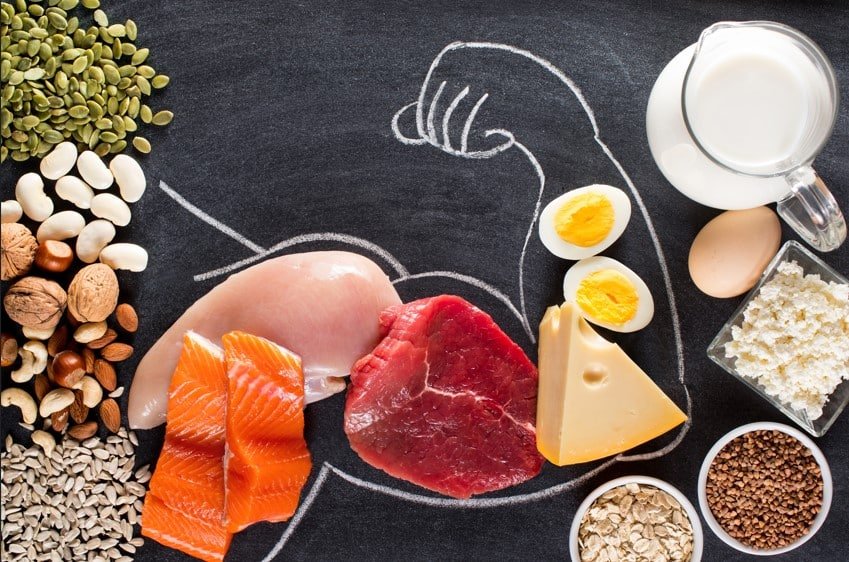Share on
Have you ever rushed to chug a protein shake immediately after your workout, fearing that you might miss out on precious gains if you waited too long? Well, you’re not alone. The concept of the “anabolic window” has been a hot topic in the fitness industry for years, with many gym-goers believing that there’s a limited time frame after exercise during which the body is primed for muscle growth and recovery. But is this idea grounded in science, or is it just another fitness myth? Let’s dive in and find out!
Key Takeaways
- The anabolic window is a widely discussed concept, but its significance is debated
- Consuming protein and carbohydrates post-workout is important for muscle growth and recovery
- The specific timing of nutrient intake may be less critical than once thought
- Overall daily nutrition and consistency are key for optimizing muscle growth and recovery
Table of Contents

The Anabolic Window
The anabolic window is defined as a 30 to 60 minute period after exercise when the body is believed to be in a heightened state of muscle protein synthesis and glycogen replenishment. The theory suggests that consuming the right nutrients during this window can maximize muscle growth and recovery. However, the validity and significance of the anabolic window have been the subject of much controversy in recent years.
While post-workout nutrition is undoubtedly crucial for optimizing muscle growth and recovery, the debate surrounding the existence and importance of the anabolic window has left many fitness enthusiasts scratching their heads. So, let’s take a closer look at the science behind this concept and see if we can separate fact from fiction.
Theoretical Benefits of the Anabolic Window
The idea of the anabolic window is based on several theoretical benefits that are thought to occur when nutrients are consumed shortly after exercise. These include:
- Increased protein synthesis: Consuming protein within the anabolic window may stimulate muscle protein synthesis, which is essential for muscle growth and repair.
- Reduced muscle protein breakdown: Timely nutrient intake can help prevent muscle catabolism (breakdown) after exercise, shifting the body from a catabolic to an anabolic state.
- Replenishing muscle glycogen: Consuming carbohydrates post-workout can help restore depleted glycogen stores, which are important for maintaining energy levels and supporting future workouts.
In theory, these benefits sound great, right? Who wouldn’t want to maximize their gains by simply chugging a protein shake after hitting the weights? But before you start setting timers for your post-workout meals, let’s see what the science has to say.
Scientific Evidence Supporting the Anabolic Window
Despite the popularity of the anabolic window theory, the scientific evidence supporting its significance is limited. However, there are a few studies that lend some credence to the idea:
Tipton et al. (1999) showed that the intake of essential amino acids (EAA) and mixed amino acids (MAA) demonstrated heightened protein synthesis, reduced protein breakdown, and a greater overall net balance of protein turnover.

Cribb et al. (2006) found that 23 male bodybuilders had greater increases in strength, muscle size, and body composition when taking protein, creatine, and a carbohydrate beverage peri-workout compared to taking the same drink in the morning and evening.
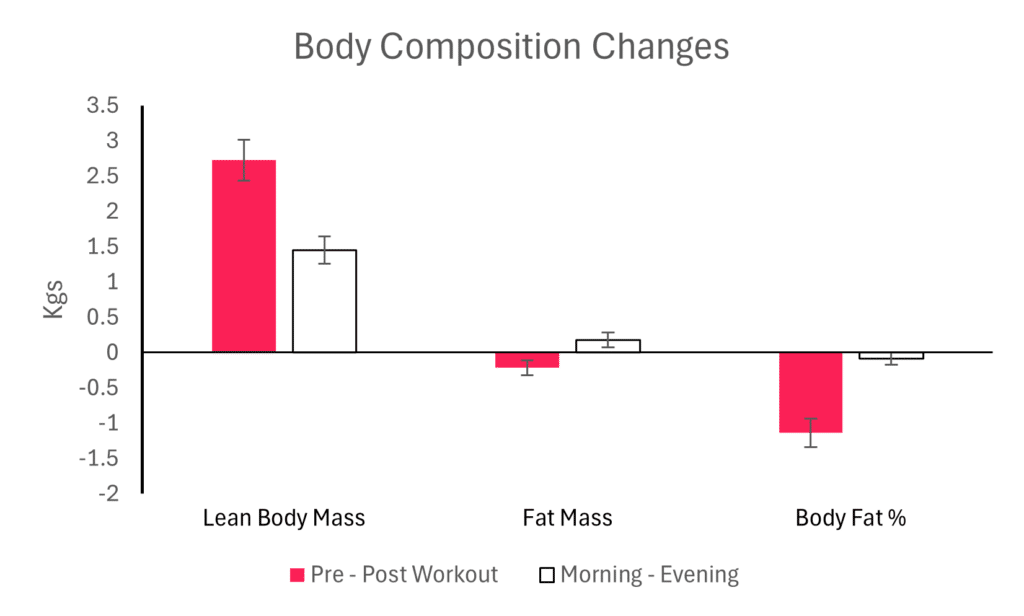
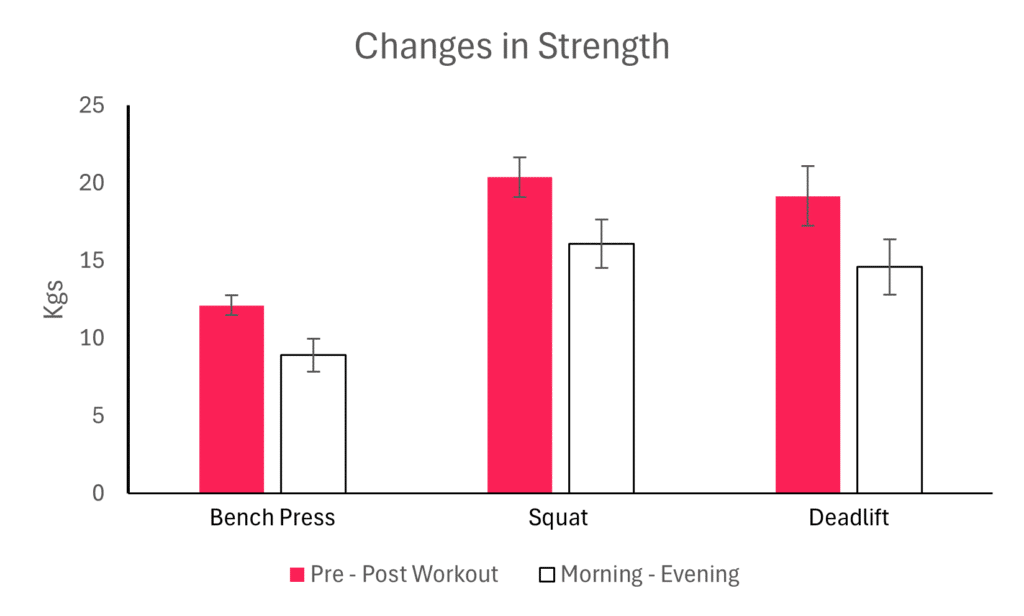
Esmark et al. (2001) showed that taking an EAA bolus immediately after resistance training significantly increased mean fiber area (from 4047 to 5019 micrometers squared), whereas the group that waited 2 hours to take in an equivalent EAA bolus showed no increase.
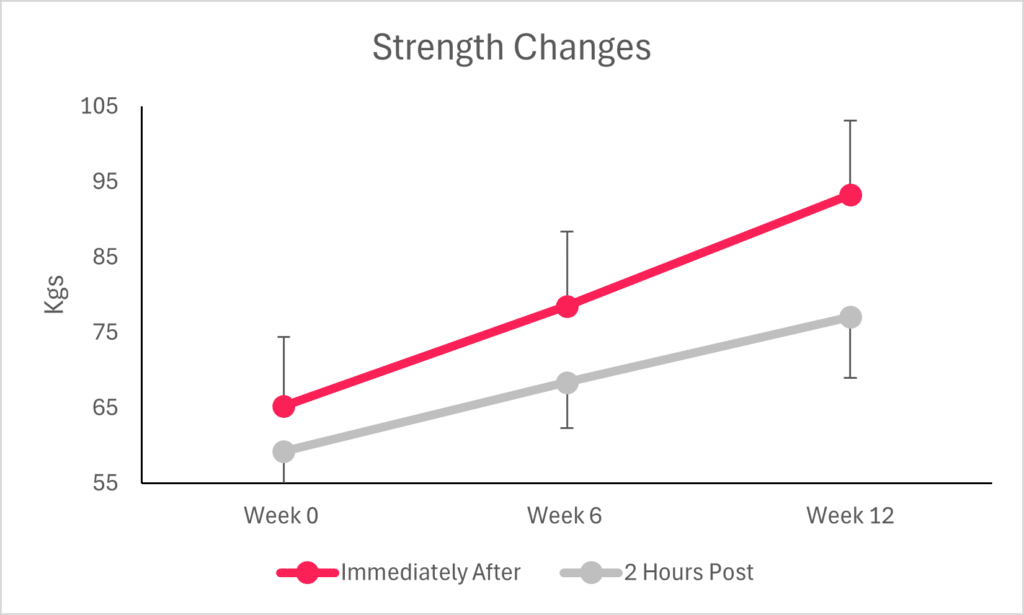
Lack of Scientific Evidence Supporting the Anabolic Window
On the other hand, there is a growing body of research that challenges the significance of the anabolic window:
- A 2013 a meta analysis was conducted by Schoenfeld et al. found no significant differences in muscle protein synthesis when protein was consumed immediately or 3 hours after exercise. This was shown in 21 out of the 23 studies. However, out of the 23 studies on 3 were conducted on trained individuals. Two out of the 3 studies conducted on trained individuals showed an improvement in body composition and strength.
- The “Nutrient Timing Revisited” study by Aragon and Schoenfeld (2013) challenged the classical view of the anabolic window, suggesting that there is a broader window of opportunity for nutrient intake to support muscle growth and recovery.
These findings suggest that the specific timing of nutrient intake may not be as critical as once thought, and that the anabolic window may be more of a “anabolic barn door” that stays open for several hours after exercise.
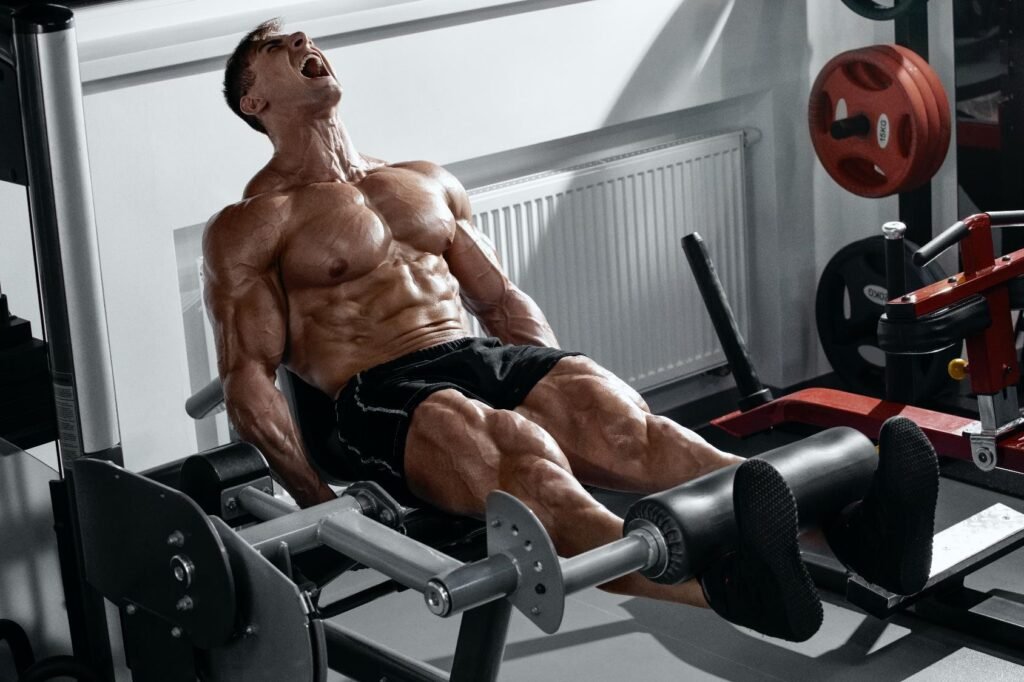
Importance of the Anabolic Window for Experienced Lifters
While the evidence for the anabolic window may be lacking in the general population, some research suggests that nutrient timing could be more important for experienced lifters:
- A 2014 study by Burd et al. showed that experienced lifters (with an average of 6 years of training experience) had a significantly different protein synthesis response compared to untrained individuals.
- Experienced lifters may benefit more from precise nutrient timing due to their advanced training status and the need to optimize every aspect of their nutrition and training to continue making progress.
- Optimizing nutrient timing may provide an extra edge for experienced lifters looking to maximize muscle growth, even if the effects are relatively small.
So, if you’re an experienced lifter who has already dialed in your training and nutrition, paying attention to the timing of your post-workout meals might be worth considering.
| Population | Potential Benefit of Nutrient Timing |
|---|---|
| Untrained | Minimal |
| Recreational | Limited |
| Experienced | Moderate |
| Elite Athletes | Potentially Significant |
Nutrient Timing and Muscle Growth
Regardless of the debate surrounding the anabolic window, there’s no denying that consuming the right nutrients after exercise is important for muscle recovery and growth. Here are some key points to keep in mind:
- Protein intake: Consuming adequate protein (20-40g) after exercise is essential for stimulating muscle protein synthesis. Aim to include a high-quality protein source, such as whey protein, in your post-workout meal or shake.
- Carbohydrate intake: Carbohydrates play a crucial role in replenishing glycogen stores and supporting the muscle-building process. Include a mix of fast-digesting and slow-digesting carbs in your post-workout nutrition.
- Overall daily nutrition: While post-workout nutrition is important, it’s essential to remember that your total daily protein and calorie intake are more critical for muscle growth than specific nutrient timing. Focus on consuming enough protein (1.6-2.2g/kg/day) and calories to support your goals.
By prioritizing overall nutrition and ensuring that you’re consuming the right nutrients after exercise, you’ll be well on your way to maximizing your muscle growth and recovery, regardless of whether you hit that elusive anabolic window or not.
Conclusion
So, where does this leave us with the anabolic window? While the theory is popular and has some theoretical benefits, the scientific evidence supporting its significance is limited. Consuming adequate protein and carbohydrates after exercise is undoubtedly important for muscle growth and recovery. In my opinion, if you are a trained athlete or someone who wants to optimize their gains, taking nutrients closer to your workouts may be the edge you are looking for.
For most people, focusing on overall daily nutrition, proper training, and consistency will be the key factors in optimizing muscle growth and recovery. However, experienced lifters who are looking to fine-tune their nutrition and training may benefit from paying closer attention to nutrient timing and experimenting with post-workout nutrition strategies.
At the end of the day, the anabolic window is just one piece of the muscle-building puzzle. By prioritizing overall nutrition, training hard, and staying consistent, you’ll be well on your way to achieving your fitness goals, whether you’re chugging protein shakes within 30 minutes of your workout or not. So, don’t stress too much about the anabolic window – just focus on the big picture, and the gains will follow!



